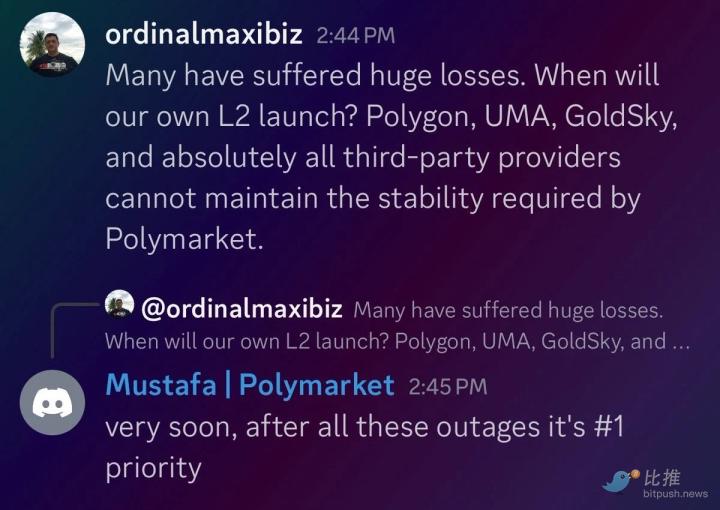
April 26, 2025 — The Trump Administration is implementing a new trade negotiation strategy aimed at restructuring tariff discussions with 18 key U.S. partners. According to the new plan, negotiations will be divided into three-week phases, focusing on topics such as tariffs, quotas, non-tariff barriers, digital trade, rules of origin, and economic security. The goal is to reach agreements before the July 8 deadline.
If countries do not reach agreements according to the roadmap, the U.S. may impose new tariffs, unless President Trump decides to extend the deadline by 90 days. Canada and Mexico are exempt from this negotiation framework, while China will negotiate separately due to higher tariff measures being considered.
U.S. Treasury Secretary Scott Bessent plays a central role in these trade negotiations. He has directly participated in many negotiations, with expectations of reaching bilateral agreements with India, South Korea, and Japan. According to forecasts, India may become the first country to sign an agreement under the new framework.
However, not all partners are responding positively. The European Union and the United Kingdom have set limits on negotiation areas, increasing the risk of conflict or delays in the negotiation process. Some countries have also expressed concerns about the transparency and specificity of U.S. demands, indicating significant challenges remain.
Changes in tariff strategy could have far-reaching impacts on the global economy. The International Monetary Fund (IMF) has lowered its global growth forecast, with the U.S. GDP growth for 2025 adjusted downward to 1.8%. Large European economies, such as Germany and France, also face the risk of slowing growth due to trade barrier impacts.
The Trump Administration's phased tariff negotiation strategy aims to open up more markets for U.S. goods and services abroad. However, in the current uncertain global trade environment, this plan may create significant disruptions to both supply chains and international economic growth in the coming months.







